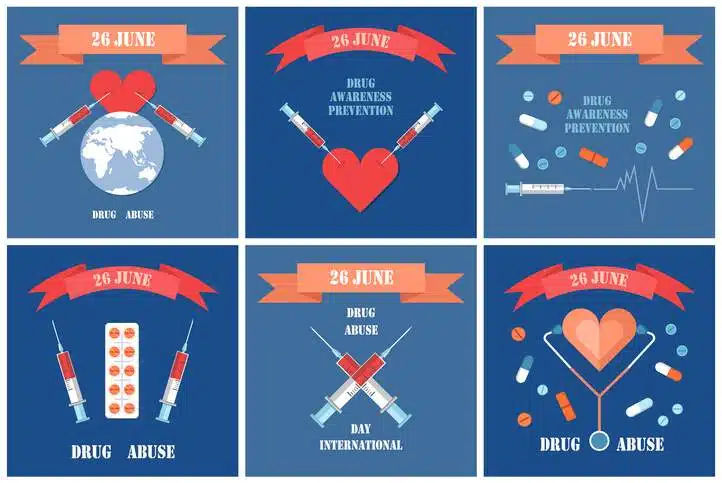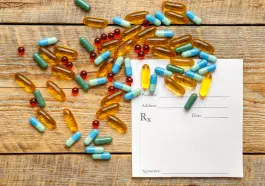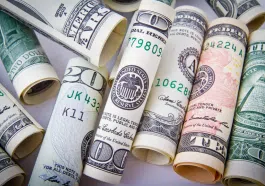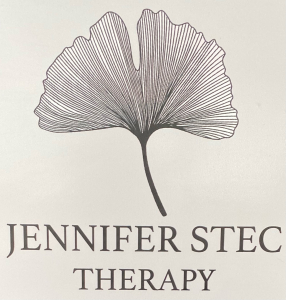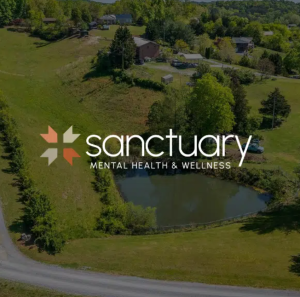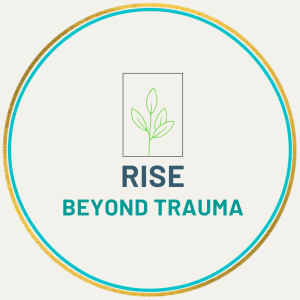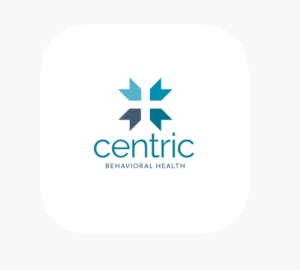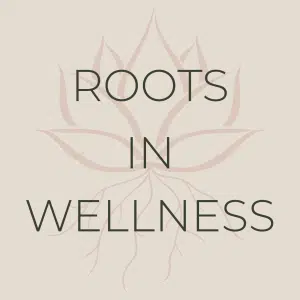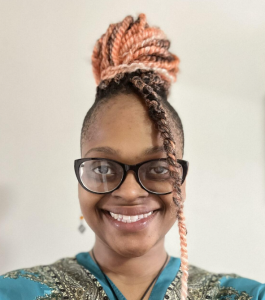Harm reduction is ideas and interventions that can reduce the harms of drug use. In fact, this concept acknowledges the dignity and humanity of people who use drugs and brings them into a caring community to reduce negative consequences and encourage better health and social inclusion.
This article will discuss harm reduction, how it works, and why it’s effective.
What is Harm Reduction?
Harm reduction is the policies, programs, and practices that seek to minimize the adverse health, legal, and social impacts associated with drug use, drug policies, and laws. Overall, it is grounded in justice and human rights and focuses on positive change. It does so by working with people without judgment, coercion, discrimination, or the requirement of people stopping using drugs to support them.
Why is the Need so Urgent?
From May 2020 to April 2021, there were 100,000 people (29% more than the previous year) who died of an overdose, as reported by the CDC. In addition, HHS has reported data trending the same way, with the rate of overdose fatalities jumping 250% since 1999.
What are the Principles of Harm Reduction?
Harm reduction utilizes various strategies like safer use, managed use, abstinence, meeting people “where they’re at,” and addressing conditions of use with the use itself.
According to the National Harm Reduction Coalition, several principles are used in harm reduction practice, including:
- Accepting that licit and illicit drug use is part of our world and choosing to work to reduce its harmful effects instead of simply ignoring or condemning people.
- Understands drug use is complicated and multi-faceted, containing a spectrum of behaviors from severe use to total abstinence, and recognizes that some ways of using drugs are much safer than others.
- Prioritizes quality of individual and community life and well-being and not the cessation of all drug use for successful interventions and policies.
- Encourages non-judgmental, non-coercive provision of services and resources for people who use drugs and the communities they live in to help them reduce harm.
- Making sure people who use drugs and those with a history of drug use can express themselves and give their opinions when programs and policies are being created to serve them.
- Recognizes that poverty, class, racism, social isolation, past trauma, sex-based discrimination, and other social inequalities will impact a person’s vulnerability to drugs and capacity to deal with drug-related harm efficiently.
- Does not minimize or ignore the actual and tragic harm and danger that can occur with illicit drug use.
What are some Services and Practices for Harm Reduction?
Harm reduction can feature various health and social services and practices, including:
- Information on safer drug use
- Drug consumption rooms (aka, overdose prevention centers or supervised consumption sites)
- Needle and Syringe programs
- Overdose prevention and reversal
- Opioid Agonist Therapy, like methadone and buprenorphine
- Housing
- Drug checking
- Legal and Paralegal Services
What are some current issues in Harm Reduction?
Here are some critical harm reduction issues:
Discrimination Against Drug Users
There is much discrimination against people who use drugs. Therefore, it is essential to minimize the stigma associated with recreational and problematic drug use and advocate for more compassionate, judgment-free approaches to addiction.
Drug Overdose
Accidental drug overdose is the leading cause of death in the United States for people under 50. It is essential to note that most of these deaths are preventable.
Naloxone
Naloxone is a cost-effective, FDA-approved generic drug that reverses an opioid overdose without any abuse potential. One barrier right now is that many people still can’t access Naloxone. Access to this drug is necessary, and more must be done to ensure everyone can get it.
Good Samaritan Laws
People using illegal drugs often are scared of being arrested if they call 911 when witnessing an overdose. If these people could be granted immunity for drug law violations, then it would be much safer. This approach is known as Good Samaritan laws.
Supervised Consumption Services
Supervised consumption services (SCS), aka, overdose prevention centers and supervised injection facilities (SIFs), are legal institutions that minimize the health and public order issues usually associated with public drug consumption. They provide on-site, supervised use of drugs and can be very effective and are necessary.
Syringe Access
Sterile syringe access programs are necessary for lowering the risks of HIV and hepatitis C. These programs limit syringe sharing and provide safe disposal options. More of these programs are needed so that people can have safe syringes.
Drug Checking
Drug checking (aka, pill testing or adulterant screening) gives people who use drugs the opportunity to identify the substance they will take and helps prevent harm that comes with unknowingly consuming a substance that potentially could have a dangerous contaminant like fentanyl.
Is Harm Reduction Effective?
There have been decades of research into harm reduction, proving that some strategies offer significant individual and public health benefits. These benefits can include preventing deaths from overdoses and reducing or preventing the transmission of infectious diseases in people who use drugs and the overall community. In addition, some harm reduction strategies have reduced emergency department visits and costly healthcare services, and have even provided opportunities to connect to substance use treatment and other healthcare services in settings usually free of stigma.
Suppose you want more information about harm reduction strategies. In that case, NIDA supports research on best implementing proven harm reduction methods and exploring the effectiveness of new and emerging approaches, specifically in resource-challenged settings.
What are some misconceptions about Harm Reduction?
There are many misconceptions about harm reduction strategies and programs. These can include:
- They enable illicit drug use
- They enable illicit drug use
- NIMBY (Not In My Backyard) attitudes – these beliefs are a pervasive attitude with resistance to substance use disorder (SUD) treatment centers being built. They can cause barriers to accessing care.
Some opponents of harm reduction will sometimes argue that providing people with sterile syringes, clean pipes, naloxone, and a space to use drugs under supervision, will encourage drug use or lead to drug use. However, the reality is that people will use drugs whether they have these resources or not. As a result, withholding them will not prevent them for using drugs but will make it more dangerous.
Does Harm Reduction Discourage People from Seeking Treatment?
Harm reduction does not discourage people from seeking treatment since it is both a social movement and a way to provide services. It is a drug treatment that brings in people who may not otherwise come in for treatment services.
Harm reduction and addiction treatment can even be part of the same process. This process ensures drug use is safer and can prevent some of the negative consequences of addiction.
Takeaway
At LGBTQ and All, we support harm reduction as an intervention for substance use disorders, reducing overdose deaths, and as a harm reduction approach. If you want to navigate some of our free resources or connect with a mental health provider today, be sure to check our site.

